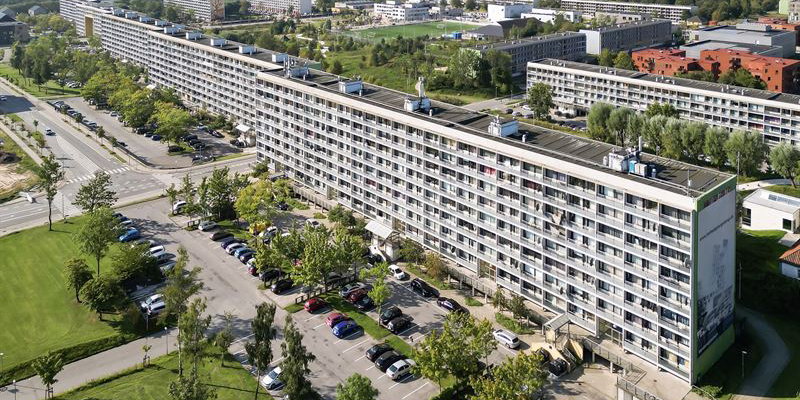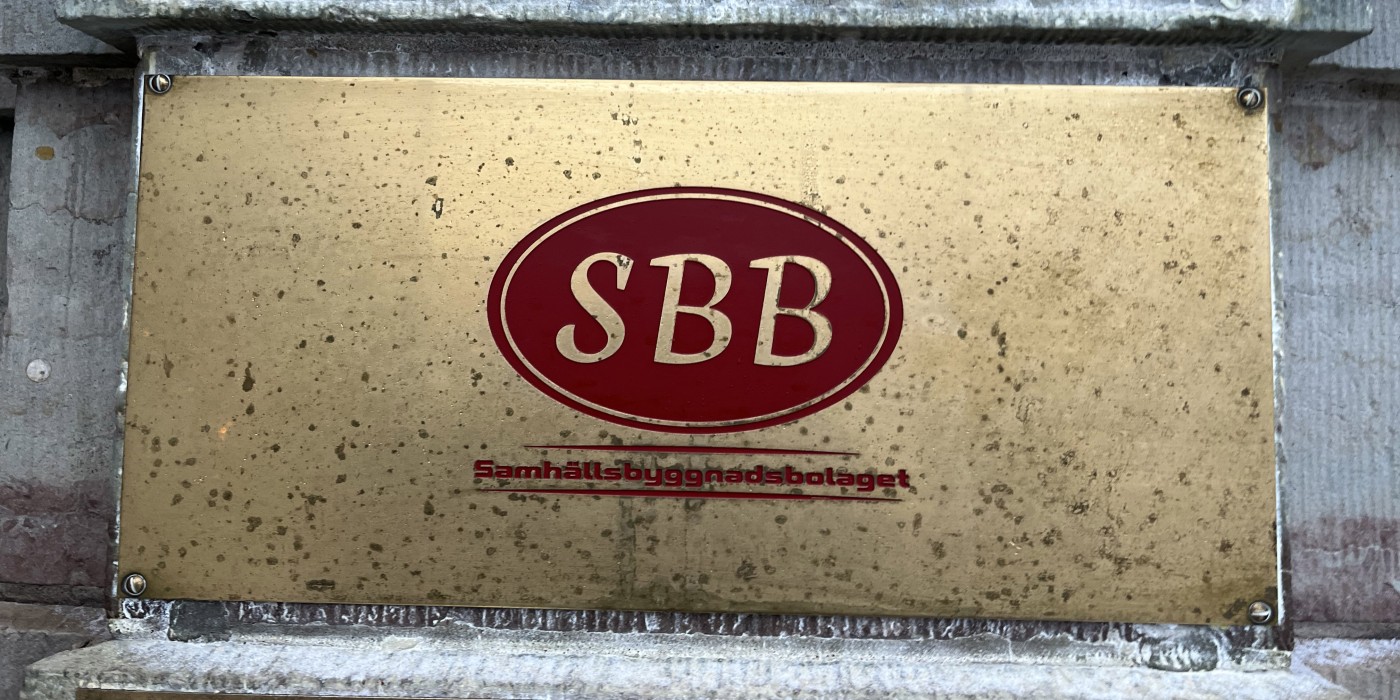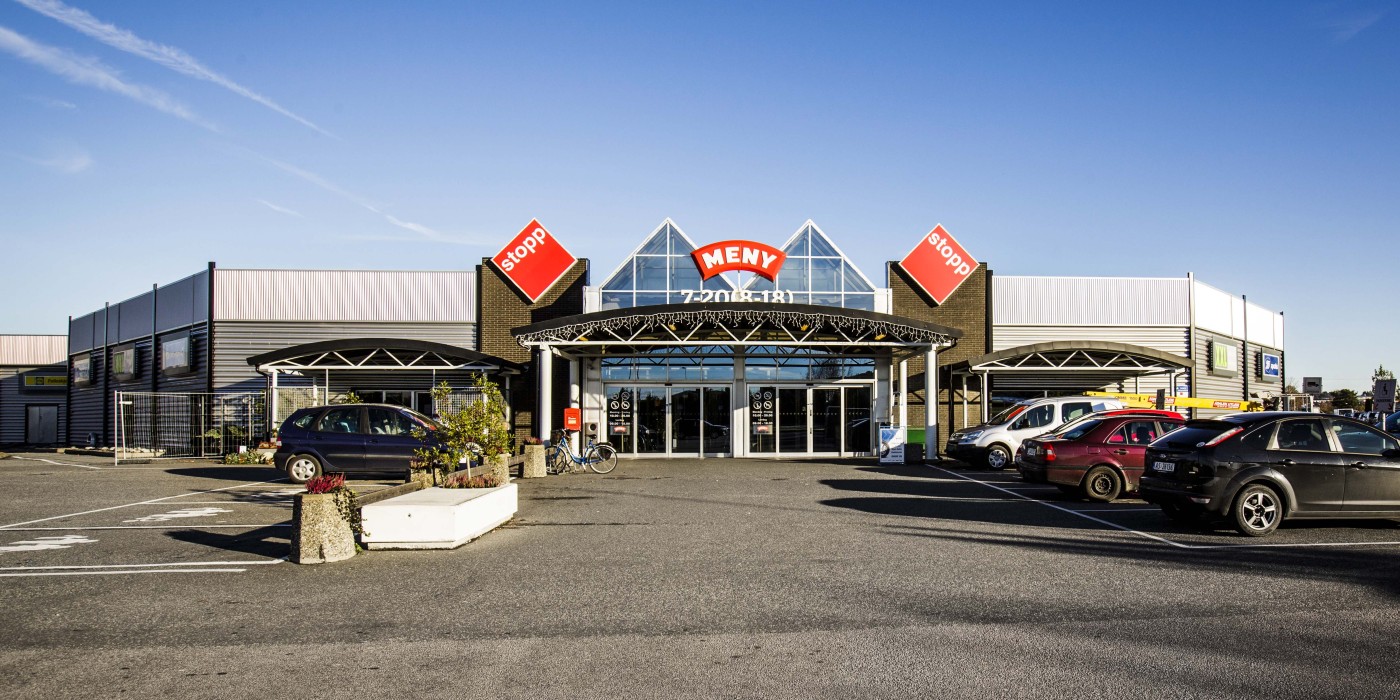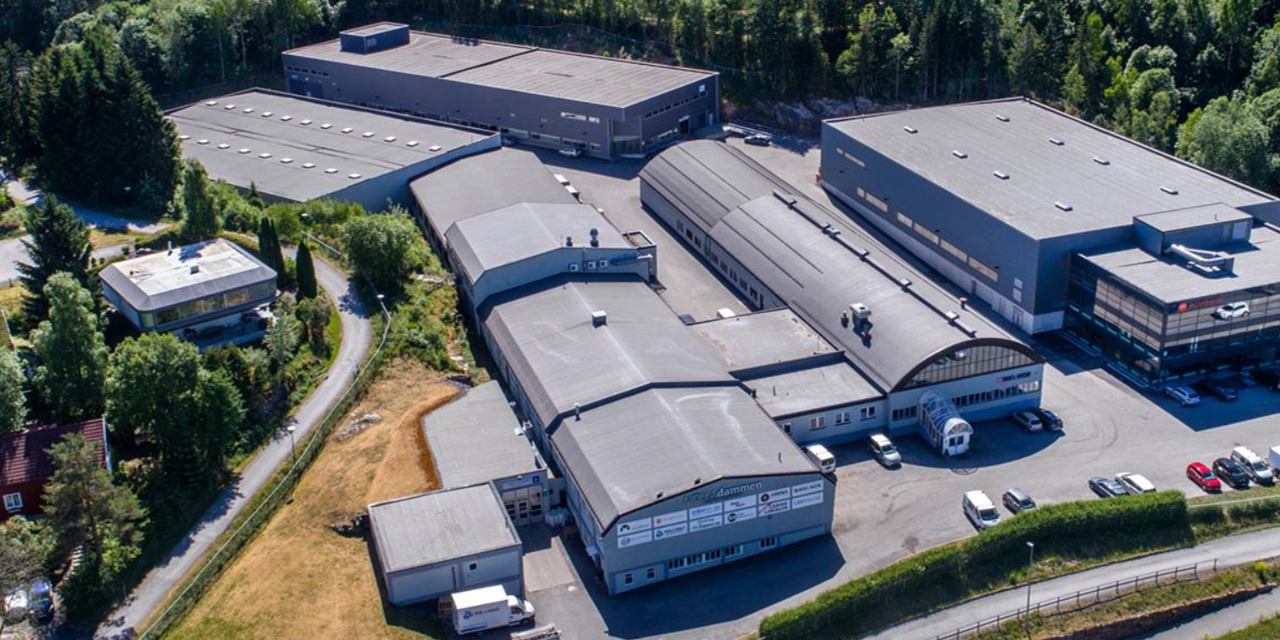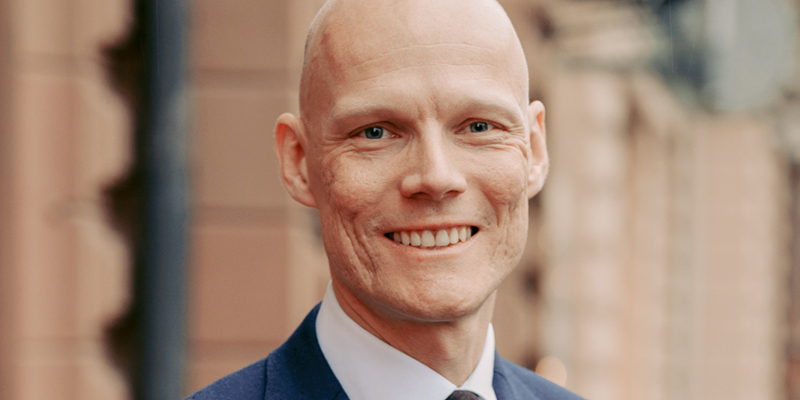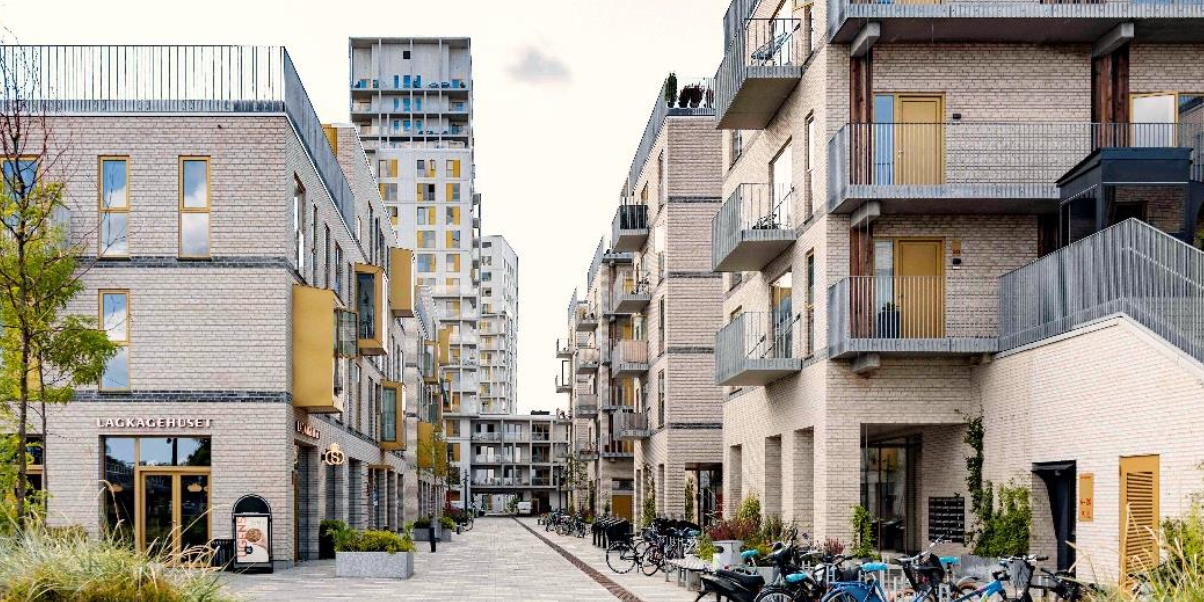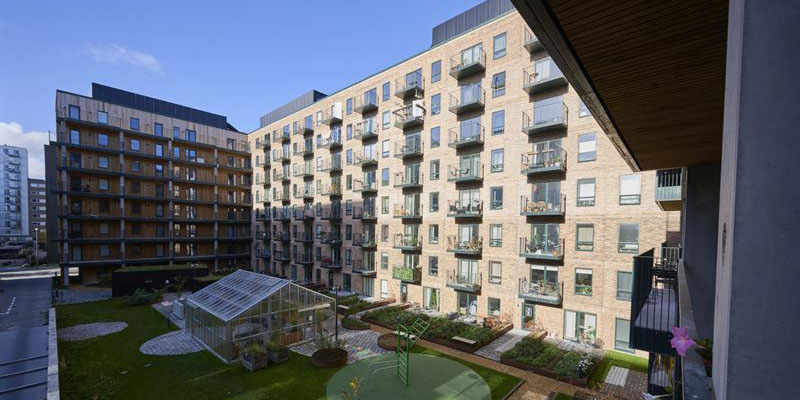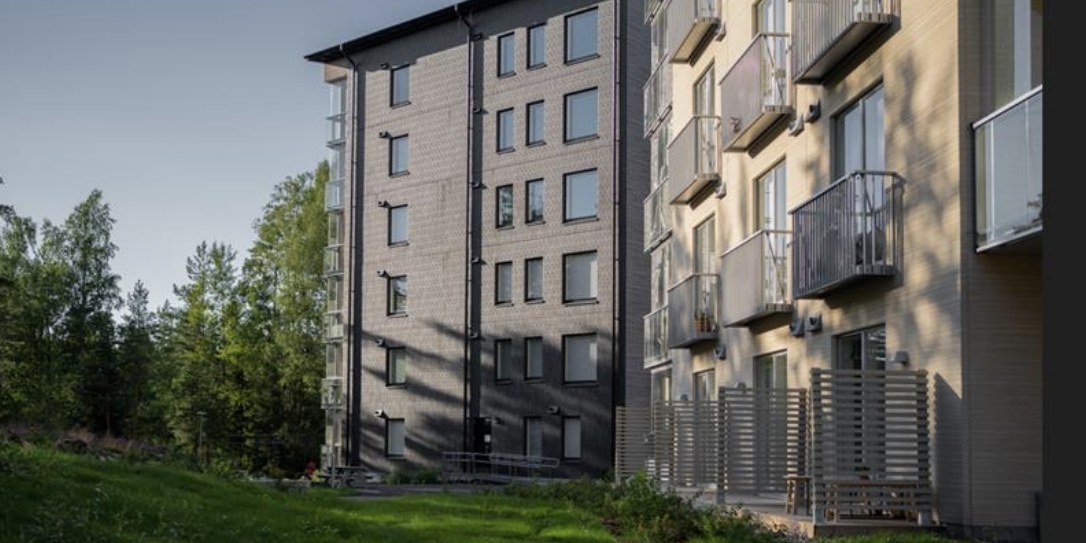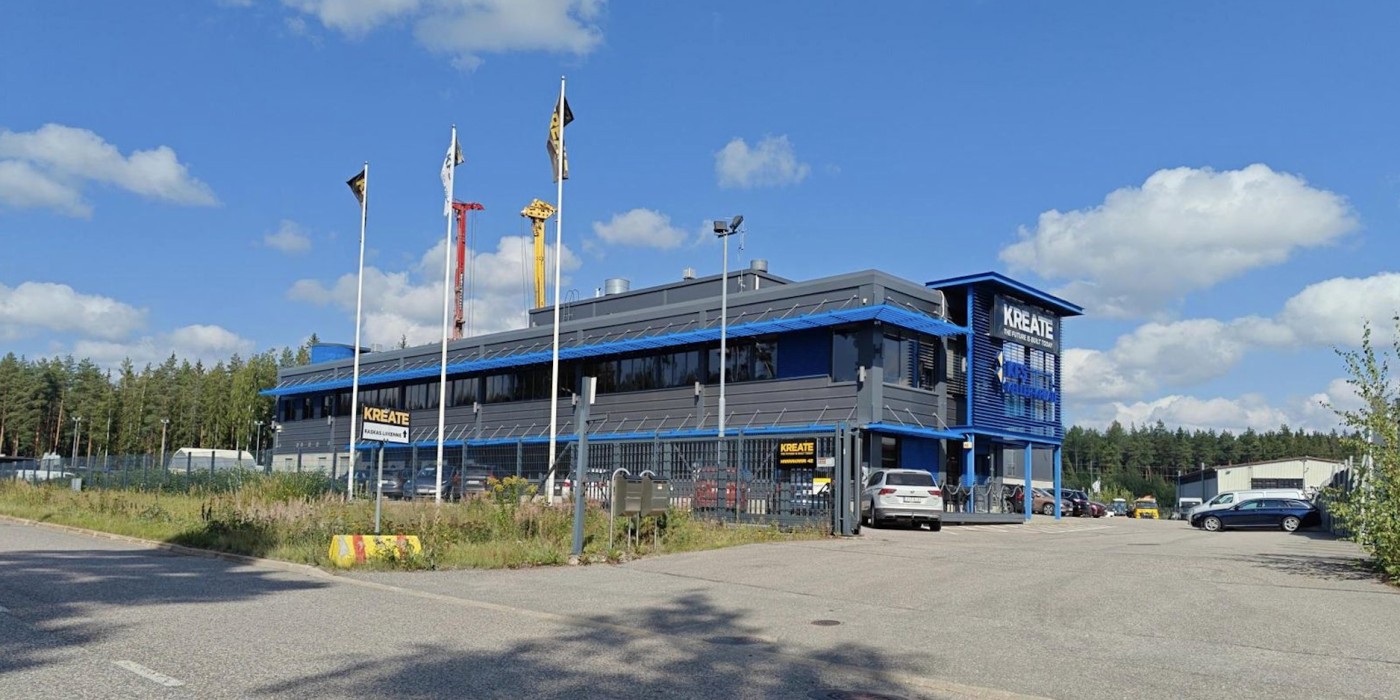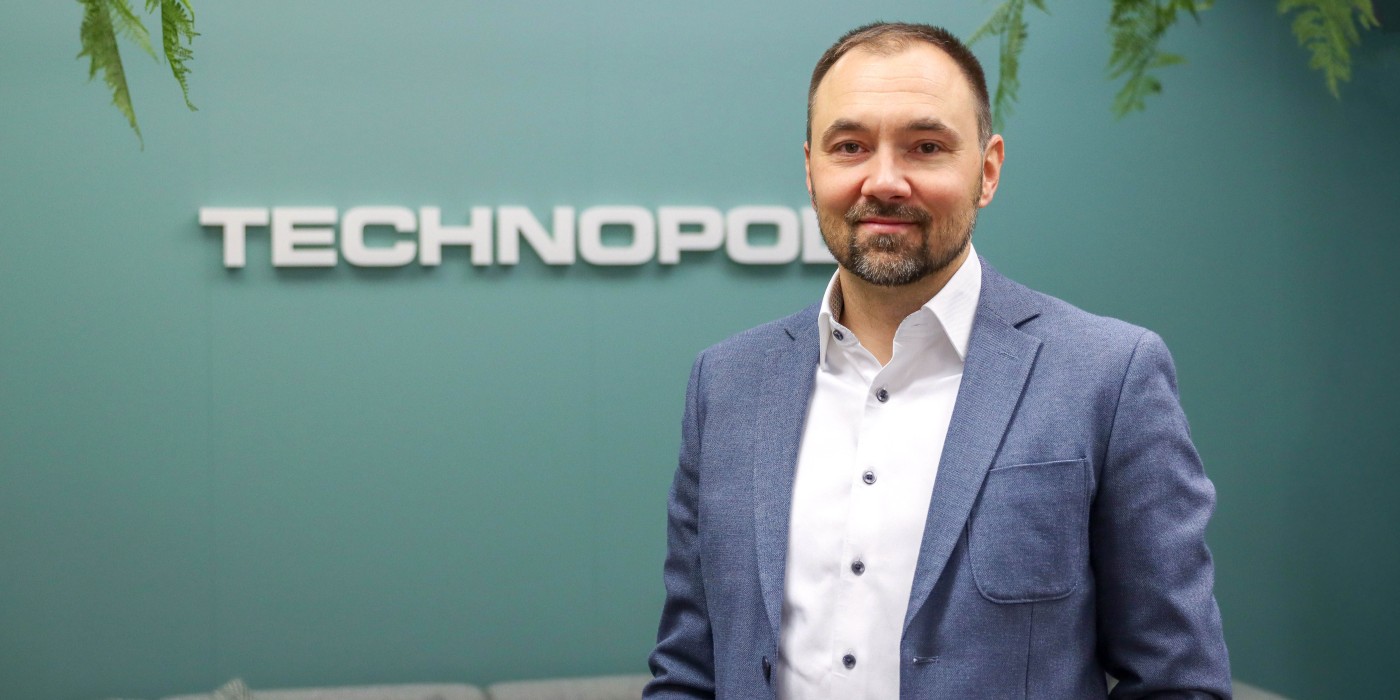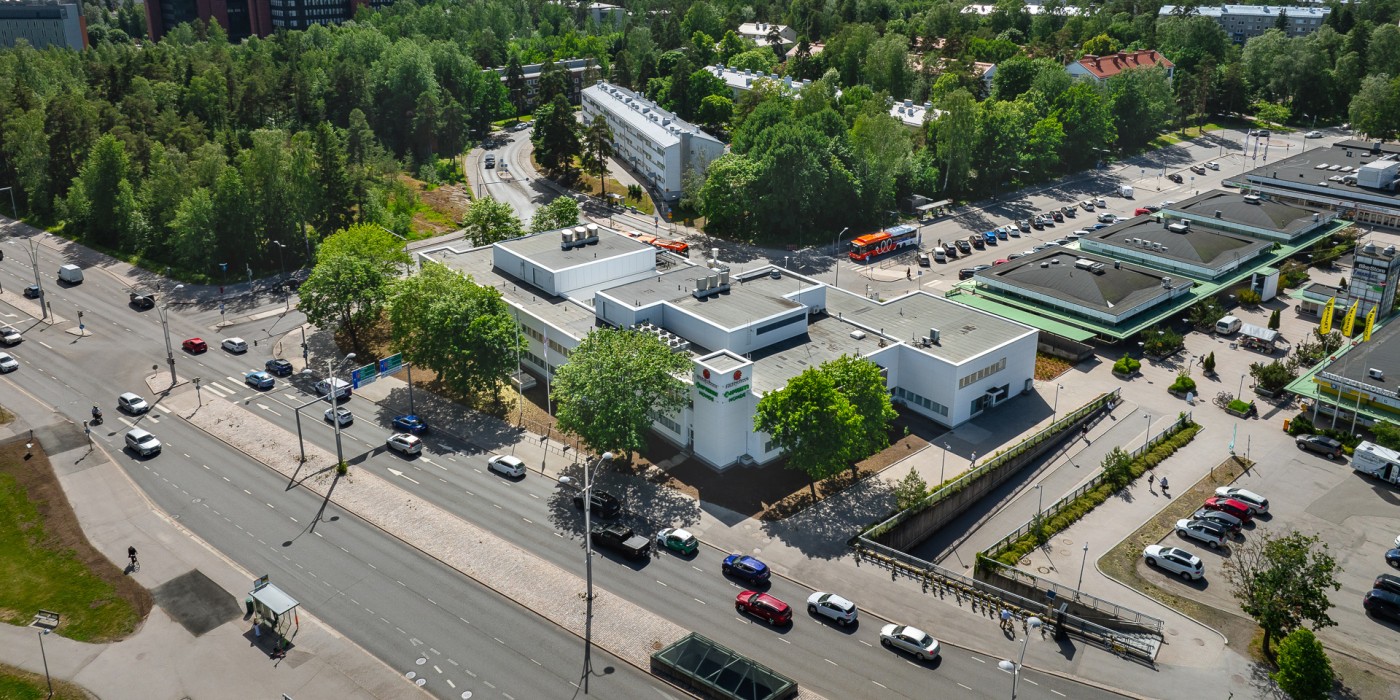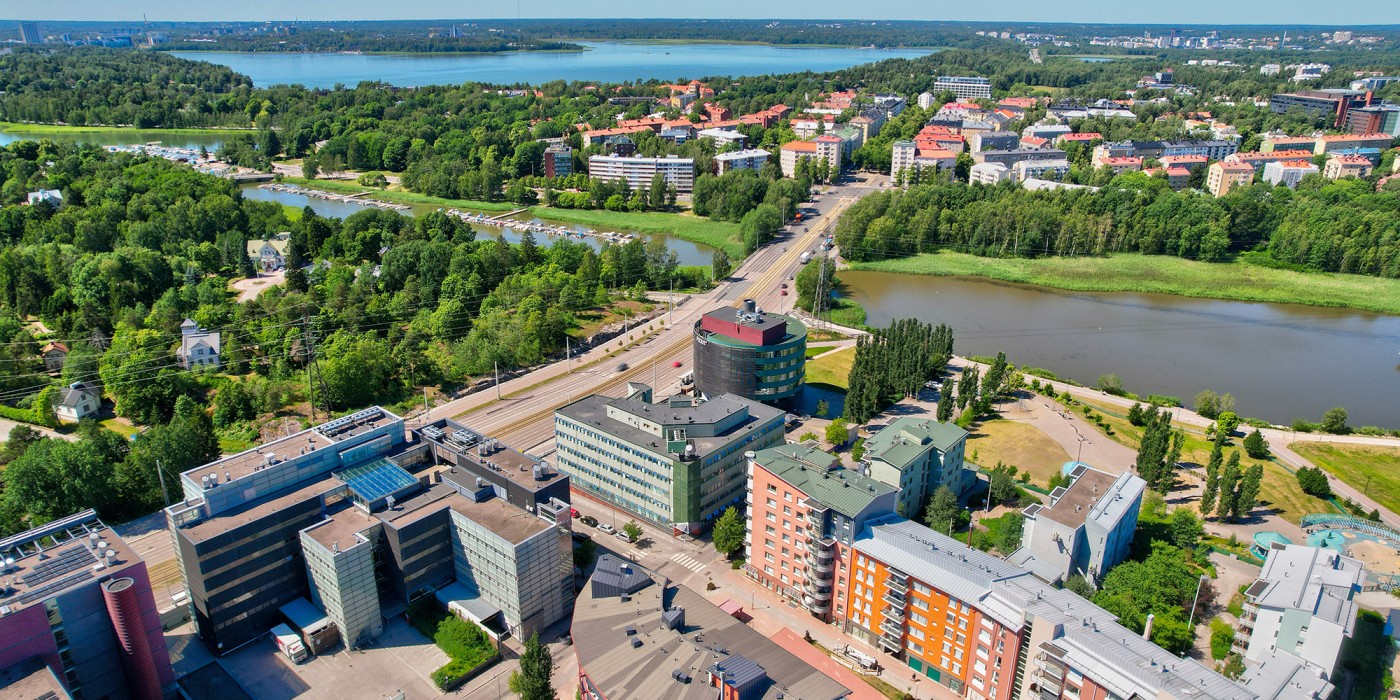Construction uses around half of the world’s natural resources, and the built environment is responsible for roughly 40 percent of global energy consumption and CO2 emissions. Therefore, the real estate sector bears a great responsibility for reducing energy consumption and emissions, thereby slowing down climate change. Improving the energy efficiency of existing buildings offers great potential to fight climate change. It is also one of the most cost-efficient ways of doing so.
Trevian Finland Properties I currently manages a property portfolio of more than 300 million euros. It owns 42 commercial properties in Finland’s largest cities, with a combined leasable area of 324,000 m2 and ca. 730 tenants.
Trevian Funds AIFM has launched an ambitious energy efficiency programme throughout its portfolio, with EcoReal Oy as its main cooperation partner. At the Autoprint property in Aviapolis, Vantaa, the initiated energy efficiency project targets an annual CO2 emission reduction of 174 tonnes.
The building will also be equipped with solar panels. So far, the energy efficiency programme has been started for a quarter of the total portfolio, including the Varissuo shopping centre and TV-Center in Turku, Espen city block in Vaasa, Sampokeskus in Rovaniemi, the Jyväskylä Travel Centre and all of the fund’s properties in Raisio. In the development project for a new S-Market in Pori, sustainable technical solutions will be implemented together with the Satakunta Cooperative (S-Group). At the Askotalot properties in Lahti, groundwater heating and cooling is already in place, and the properties have a BREEAM In-Use certification.
About 90 percent of the fund’s properties are already buying carbon neutral green electricity, which will significantly reduce the property portfolio’s carbon dioxide emissions.
As part of its climate work, Trevian Funds AIFM has launched a new fund for professional investors, Trevian Carbon Sink Real Estate I Ky. The new fund has already acquired or made an accepted offer for ca. 230 hectares of Finnish peatlands. The acquired land areas have either been in energy peat production or are located adjacent to energy peat sites. Through restoration and conservation of these peatlands, the fund advances biodiversity and takes active measures to increase the sequestration of carbon into biomass.
Executed correctly, the restoration of a drained peatland stops its carbon leakage, and the accumulation of peat will gradually start absorbing carbon from the atmosphere. The restoration will also prevent nutrients like phosphorus from streaming into the surrounding water systems.
Peatlands and other organic soils contain 30% of the world’s terrestrial carbon, making them the earth’s largest carbon storage after the oceans. More than two thirds of Finland’s carbon is stored in peat.
Calculating the actual realised carbon sink capacity of restored peatlands requires scientific authentication. Therefore, Trevian Funds AIFM is in active dialogue with the scientific community and wants to cooperate with leading scientists and cooperation partners in the modelling of carbon sequestration. The fund thus wants to scientifically confirm the impact of its measures. Trevian Funds AIFM will source expert services from Geological Survey of Finland (GTK) in identifying and selecting suitable peatlands, as well as in planning the execution of the restoration and conservation work. GTK also offers expertise in the scientific research of peatland carbon storages and carbon sequestration.
Trevian Funds AIFM does not pursue a financial profit from the carbon sink fund, nor does it plan to resell any additional carbon sequestration potentially achieved by the fund. This additionality belongs to the fund’s unit holders. Any financial proceeds eventually generated by the fund will primarily be used to further the fund’s objectives of acquiring and restoring drained peatlands.
Legal firm DLA Piper Finland Oy has agreed to provide the carbon sink fund legal services pro bono.
Trevian Funds AIFM has a goal to be carbon neutral by 2030. The above-mentioned property-specific measures, together with the enhancement of natural carbon sinks, are an essential part of achieving the company’s sustainability targets.


 All Nordics
All Nordics
 Sweden
Sweden
 Denmark
Denmark
 Finland
Finland
 Norway
Norway



